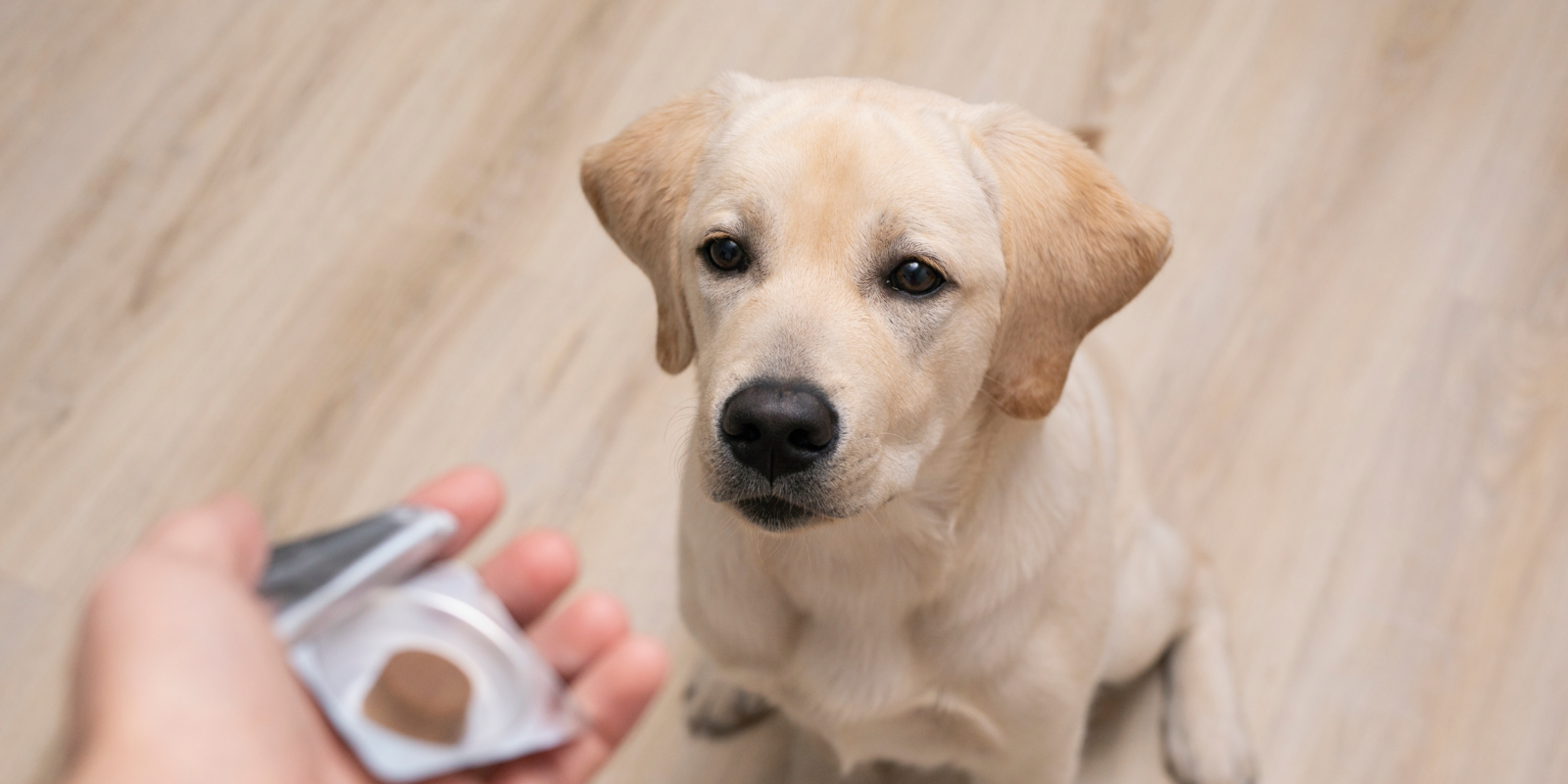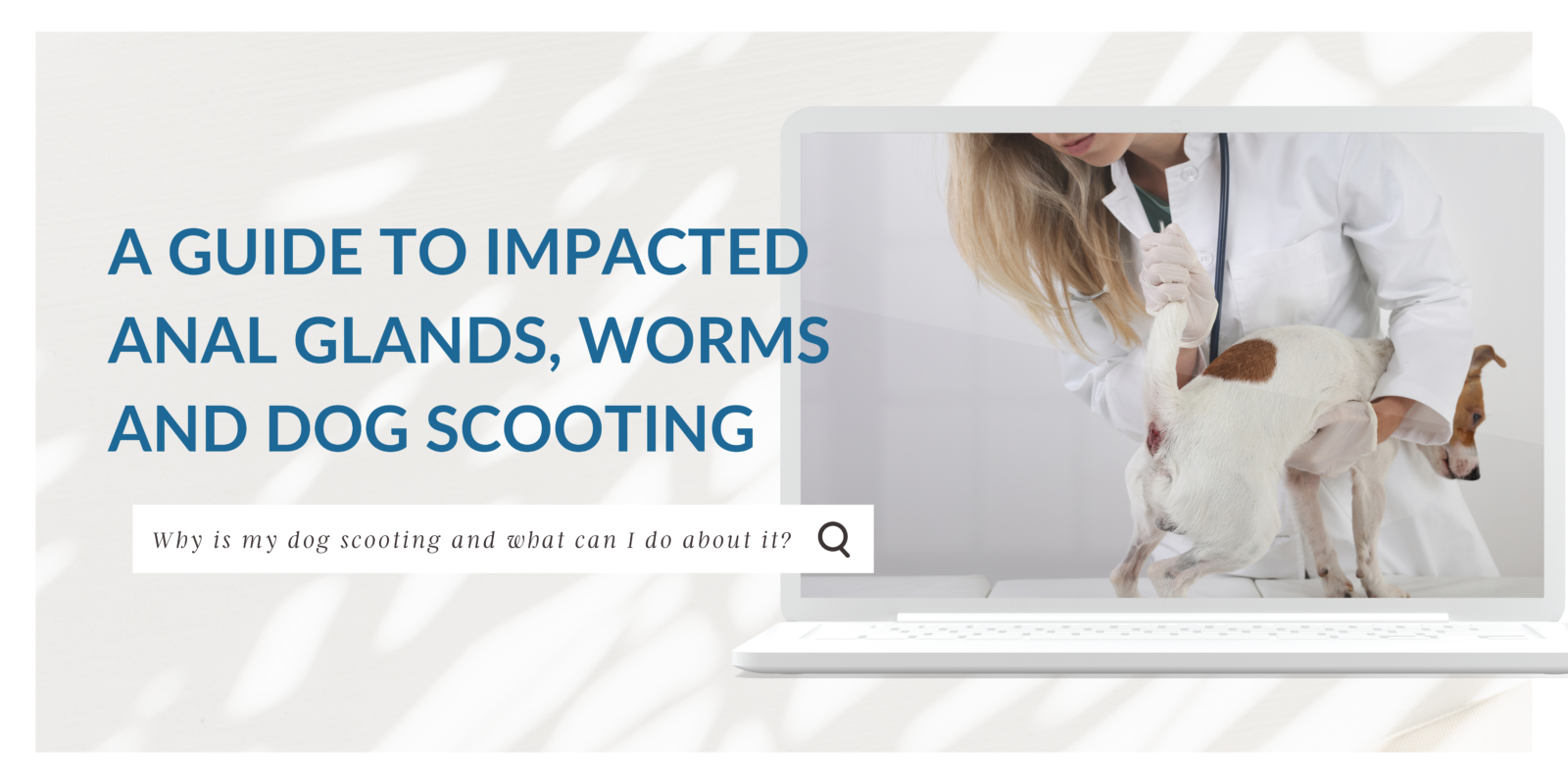As a dog owner, you may have noticed your furry friend dragging or rubbing its bottom on the ground, often in an awkward or embarrassing way. This behavior, known as dog scooting, can indicate a range of underlying issues, from mild irritation to serious health problems. In this article, we will explore the most common causes of dog scooting and provide tips on how to prevent and treat it, as well as when to see a vet for proper diagnosis and care.
What is dog scooting?
Dog scooting is when a dog drags or scoots its rear end along the ground, often while stretching its back legs and tucking its tail. This behavior is not only unsightly but also potentially harmful, as it can cause skin abrasions, infections, and inflammation. In most cases, dog scooting is a sign of discomfort or pain in the anal area, which may be caused by various factors.
What are impacted anal glands?
One of the most common causes of dog scooting is impacted anal glands, also known as anal sacs. Dogs have two small sacs located on either side of the anus that produce a smelly and oily substance used for communication and marking. Normally, the anal glands empty themselves during bowel movements or other natural activities. However, if the glands become clogged or infected, they can become swollen and painful, causing the dog to scoot.
What are dog scooting worms?
Another possible cause of dog scooting is worms, specifically tapeworms or hookworms. These parasites can infect dogs through contaminated food, water, or soil, as well as through flea bites or other sources. When the worms invade the dog’s intestines, they can irritate the anal area and cause itching, inflammation, and scooting. Other signs of worm infestation may include diarrhea, weight loss, and poor coat condition.
What are dog scooting allergies?
In some cases, dog scooting may be a symptom of allergies, either to food, environmental factors, or flea bites. Allergies can trigger itching and inflammation in various parts of the body, including the anal area. If your dog also exhibits other signs of allergies, such as skin rash, sneezing, or coughing, you may want to consult a veterinarian to identify the allergen and provide proper treatment.
How to prevent dog scooting?
To prevent dog scooting, you can take several measures, such as:
- Regularly grooming your dog’s coat, especially around the anus, to remove any fecal matter or debris that may irritate the area
- Feeding your dog a high-quality diet that supports digestive health and avoids common allergens
- Providing your dog with clean water, a clean and safe environment, and regular exercise and playtime to boost its immune system and mental well-being
- Administering regular parasite control, such as flea and worm prevention, as recommended by your vet
How to treat dog scooting?
If your dog is already scooting, you can try the following remedies at home, depending on the cause and severity of the condition:
- For impacted anal glands, you can apply warm compresses or gently massage the area to help release the blocked fluid. However, if the glands are infected or ruptured, you should seek veterinary care, as antibiotics or surgery may be necessary.
- For worms, you can administer deworming medication as prescribed by your vet. Make sure to follow the instructions carefully and monitor your dog’s stool for any signs of improvement or further infestation.
- For allergies, you can try to identify and avoid the allergen, such as switching to a hypoallergenic diet or avoiding certain outdoor plants. Your vet may also prescribe antihistamines or corticosteroids to alleviate the symptoms. In some cases, allergy testing may be recommended to determine the specific trigger.

Dog Scooting Treatment Options
Once your vet has determined the cause of your dog’s scooting, they will be able to recommend a treatment plan. Treatment options for impacted anal glands can range from manual expression of the glands, to antibiotics, or even surgical removal of the glands in severe cases. Treatment for worms can vary depending on the type of worm your dog has, but may involve medication to kill the parasites.
If your dog’s scooting is due to allergies, your vet may recommend antihistamines or other medications to manage the symptoms. In some cases, allergy testing may be necessary to identify the specific allergen causing the issue.
Dog Scooting Prevention
While it may not be possible to completely prevent your dog from scooting, there are some steps you can take to reduce the likelihood of it occurring. Regular grooming and hygiene practices can help prevent buildup of fecal matter around the anal area, reducing the likelihood of impacted anal glands. Additionally, regular deworming can help prevent infestations of intestinal parasites.
If your dog has a history of allergies, work with your vet to identify and manage potential allergens to reduce the risk of allergy-related scooting.
When to See a Vet for Dog Scooting
When to see a vet for dog scooting? If your dog is scooting frequently or excessively, or if you notice any signs of inflammation, infection, or bleeding around the anal area, it’s best to take them to the vet as soon as possible. Your vet can perform a physical examination, determine the underlying cause of the scooting, and recommend appropriate treatment options.
Conclusion
While dog scooting may seem like a minor issue, it’s important to take it seriously and address it promptly. By paying attention to your dog’s behavior and seeking veterinary care when necessary, you can help keep your furry friend happy and healthy.
If you notice your dog scooting, remember that there are a variety of potential causes, including impacted anal glands, worms, and allergies. Work with your vet to determine the underlying cause and develop an appropriate treatment plan.
Taking steps to prevent scooting, such as regular grooming and deworming, can also help reduce the likelihood of it occurring in the first place. With the right care and attention, you can help keep your dog scoot-free and comfortable.
Dog scooting can be a frustrating and uncomfortable issue for both you and your furry friend. However, with proper care and attention, you can help prevent and treat this common condition. Remember to keep an eye on your dog’s behavior and hygiene, and never hesitate to seek veterinary care if you have any concerns.
At MyPeterinarian‘s clinic, our experienced veterinarian can help diagnose and treat the underlying cause of your dog’s scooting. We provide a range of treatment options, from manual expression of the anal glands to deworming medication and allergy management. By seeking veterinary care, you can prevent the scooting from causing further discomfort or complications for your dog.

